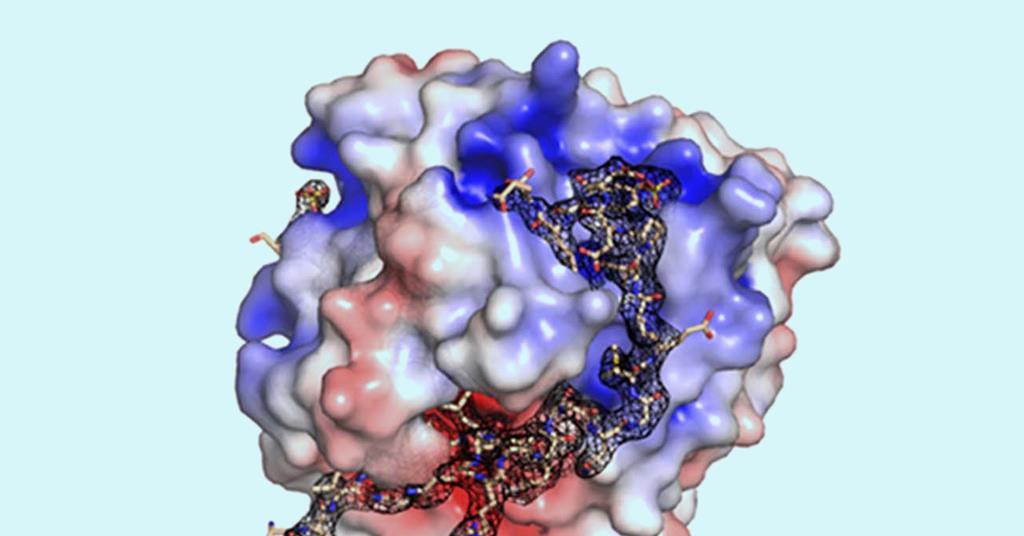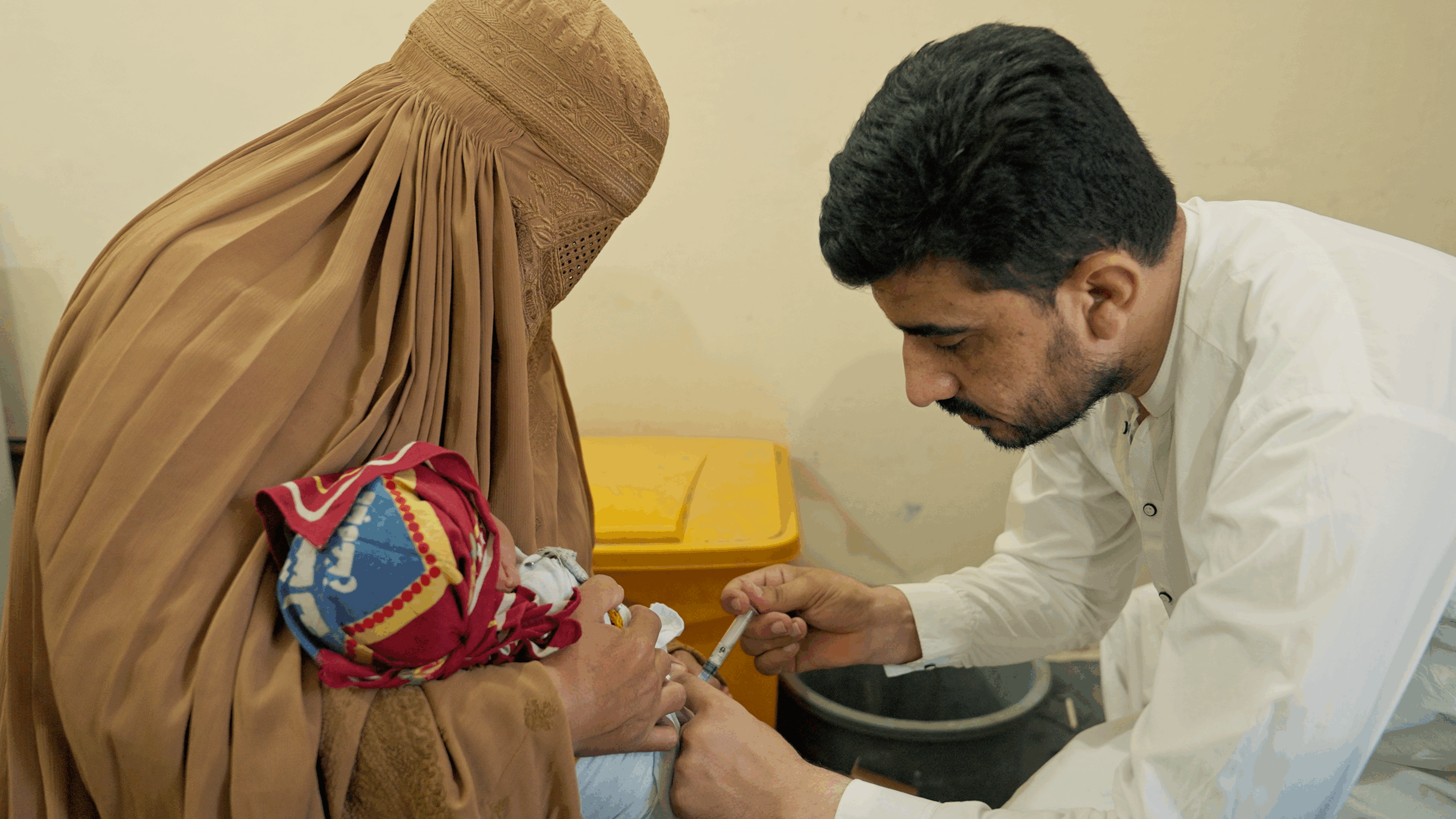- People Taking Wegovy Say Their Food Cravings Are Finally Gone SciTechDaily
- Food Noise: What It Sounds Like, How to Ease It and Ozempic Precautions CNET
- Kathy Kolasa: Food noise research nascent; food insecurity still abundant The Daily Reflector
Category: 6. Health
-
People Taking Wegovy Say Their Food Cravings Are Finally Gone – SciTechDaily
-

Flu season has arrived – and so have updated flu vaccines
As the autumn’s cool weather settles in, so does flu season – bringing with it the familiar experiences of sniffles, fever and cough.
Every year, influenza – the flu – affects millions of people. Most will experience the infection…
Continue Reading
-

Ultrapotent thrombin inhibitor combines peptide fragments from a trio of blood-sucking organisms | Research
Salivary peptide fragments from a leech, a tsetse fly and a rat flea have been combined to create a synthetic protein that clamps onto thrombin, the key enzyme in blood clotting, with remarkable strength. Developed by Richard Payne and Joshua…
Continue Reading
-

A Turning Point for Women’s Health in Pakistan – Angels in Medicine
Starting in September 2025, the nation’s daughters will be shielded from a brutal and preventable disease — cervical cancer, from HPV — and we’re glad to play our part in the campaign. Story by Gavi, the Vaccine Alliance.
HPV… Continue Reading
-
Meeting highlights from the Committee for Veterinary Medicinal Products (CVMP) 7-9 October 2025
CVMP opinions on veterinary medicinal products
The Committee adopted by consensus a positive opinion for a marketing authorisation from Zoetis Belgium for Lenivia (izenivetmab), for the reduction of pain associated with osteoarthritis in…
Continue Reading
-

Masood Khan, Pakistan: From polio survivor to vaccinator in Peshawar
Masood Khan (right), a polio survivor is now working as a vaccinator protecting children from the life-altering disease. ©WHO/Pakistan “I couldn’t walk because of polio, so my brother used to carry my bag to school every day. When other…
Continue Reading
-
Drug-Resistant TB at Record Levels in England – Medscape
- Drug-Resistant TB at Record Levels in England Medscape
- Killer Victorian disease that could be mistaken for Covid surges 13.6% – the 6 symptoms Brits are urged to look out for The Sun
- TB rates in England continue to increase in 2024 GOV.UK
- “We…
Continue Reading
-
Health Rounds: Increasing sperm mutations in older fathers may affect offspring – Reuters
- Health Rounds: Increasing sperm mutations in older fathers may affect offspring Reuters
- Sperm sequencing reveals extensive positive selection in the male germline Nature
- Men’s Harmful Sperm Mutations Increase With Age—Study Reveals Hidden…
Continue Reading
-
Just a moment…
Just a moment… This request seems a bit unusual, so we need to confirm that you’re human. Please press and hold the button until it turns completely green. Thank you for your cooperation!
Continue Reading
